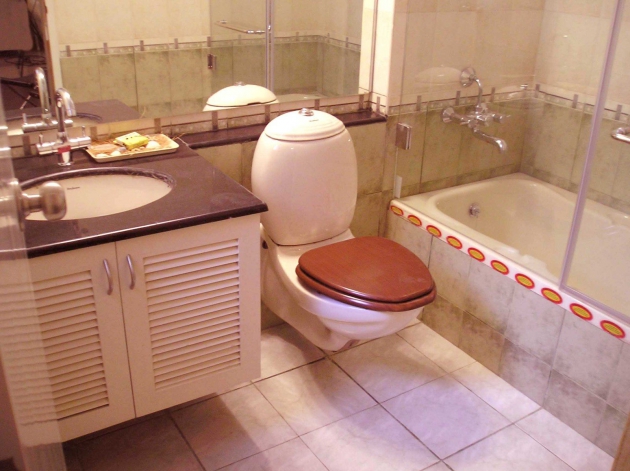With more than 30 years’ experience in the residential and commercial water treatment space, Mark Nelson is a Class 1 Drinking-Water Operator and a CBWA (Canadian Bottled Water Association) Certified Plant Operator. As founder and president of Nelson Water in Ottawa, Mark focuses on dealing with challenging water treatment system designs for problem water. He also heads the largest water bottling plant in the city of Ottawa with a delivery network throughout the Valley.
Most homeowners take pride in maintaining spotless and pristine living spaces. This makes it particularly embarrassing when one discovers a pink residue or stain on their sinks, tubs, or faucets. Even worse, many homeowners will try to rinse away this strange residue only to find it reappear days later. This leads many to believe that the pink residue is somehow connected to their home’s water quality. But what is the actual cause of pink residue in your tub or sinks?
So, What is the Pink Stuff?
Contrary to popular belief, pink staining is not a byproduct of poor water quality. This residue is typically an indication of non-harmful bacteria growth, which can occur in moist areas of your home. Bathrooms, toilets and showers are common homes for these bacteria, and this residue can pop up around sink or tub drains, shower curtains, toilet bowls, or shower stalls. You may also see signs of pink staining in other moist areas such as your kitchen sink or even a pet’s water dish.
The most common form of the unpleasant pink bacteria in question is serratia marcescens. This type of bacteria thrives in moist environments that are high in phosphates, and finds plenty of homes throughout nature including dust, soil, surface water, and even mulch.
Many first notice the pink residue during remodeling, after construction dust and dirt is disturbed. Pink staining also tends to be more widespread during the warmer summer months, when the humidity and temperatures are higher. Leaving windows open for an extended period of time can promote bacteria growth, as they allow warm and humid air to enter your home.
Like most bacteria, serratia marcescens cannot survive in chlorinated water. However, if this water is left standing for an extended period, the residual chlorine will dissipate, providing a breeding ground for the bacteria. Because of this, you may notice pink staining in less frequently used areas of the home, such as a guest bedroom toilet or shower curtain. Additionally, if your water supply is filtered using activated carbon, the chlorine levels will be lowered or eliminated altogether, increasing the chances of pink bacteria to develop.
How to Remove Pink Stains from Your Home
Once the serratia marcescens bacteria have taken hold, it can be difficult to completely eliminate. The most effective way to control an outbreak of these bacteria is through consistent and thorough cleaning with chlorine bleach. You should be sure to:
- Clean toilet bowls and toilet tanks regularly using chlorine bleach or a bleach product. Remember not to allow bleach to remain in the tank for extended periods of time, as it will cause damage to rubber valves and seals within the tank.
- Wipe around shower curtains and walls as well as bathtubs and drains to dry them thoroughly. Once the area is dry, spray the area with a product containing bleach to eliminate bacteria.
- Avoid using abrasive materials or products when cleaning surfaces and fixtures. This can cause minor scratches, which ultimately promotes the growth of bacteria in the small crevices and imperfections in the metal.
While chlorine bleach is the most effective way to remove serratia marcescens pink residue, if you have a septic system in your home, you may need to consider the amount of bleach that is allowed to enter your system. If you have additional concerns with your home’s water supply, be sure to seek the guidance of certified water treatment professionals.

